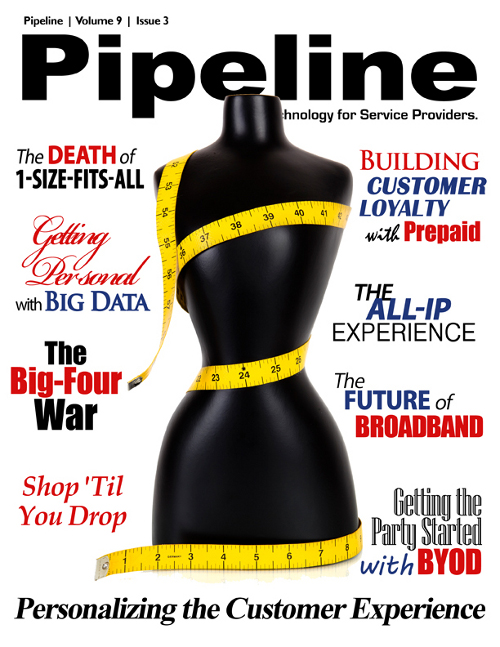One-Size is Dead: Personalization as a Business Imperative
The latter costs are huge, obviously. A recent report by Kantar Media, an analyst firm which focuses on marketing and brand reputation, found that of the top five advertisers in the U.S.
market in Q1 2012, three were CSPs. Comcast, AT&T, and Verizon spent $482.7, $388.9, and $358.6 million, respectively, on advertising alone. That’s not including handset subsidies
or other customer acquisition costs. Furthermore, these expenses represent what Cottam calls a “scattergun approach."
Of course, no one is arguing for a massive reduction in these expenditures. Brand awareness, alone, is a major concern. However, many CSPs are making these massive spends on customer acquisition while at the same time failing to take the time to fully understand and cater to the customers that they already have. “However, to sell more they first have to understand what customers want,” Cottam noted. “This is pretty basic stuff in retailing, but still something of a revelation in telecoms where the utility mindset still lurks.”
In addition, subscribers have grown to expect certain levels of personalization. Take the instance of personalized alerts regarding service outages or other adverse network conditions. “Amdocs sponsored a global survey of 2,900 consumers that found 96% of the customers expect to be notified proactively about impending issues,” said Nibha Aggarwal, Director of Product Marketing with Amdocs’ Customer Management Business Unit, “with 30% expecting to be notified only if the problem was likely to affect them.”
Guy Maidan, Solutions Marketing Manager for Amdocs’ OSS Business Unit agrees: “Unless the service provider is aware of their customer’s type of service, plan, device, and account, it cannot offer solutions tailored to that specific customer,” Maidan said. “Generic services do not address customer inquiries and will end with a call to the contact center for resolution.” Call centers mean direct cost. Dissatisfied customers mean churn, which means direct cost.
The good news, however, is that personalized services can help keep these costs under control by injecting customized services for the end-user at a number of different points and using a variety of communication information technology (ComIT) tools.
The story of personalization is, in essence, a series of stories about OSS and BSS infrastructures interacting in a way that makes services easy to roll out in a way that is unique to each consumer and with relatively little human interaction on the CSP side.




















